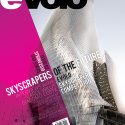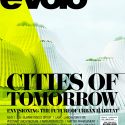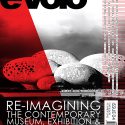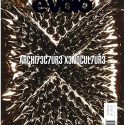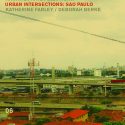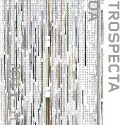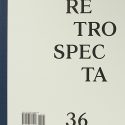Your Cart is empty
eVolo 02 (Spring 2010)
Skyscrapers of the Future
Carlo Aiello
It has been a tremendous satisfaction to compile this book about the past, present, and future of the skyscraper. No other architectural genre captures our imagination and reflects our cultural and technological achievements like these towers that pierce the sky. We start off with the history and evolution of building high, from the Egyptian pyramids, Gothic cathedrals, and first American skyscrapers to the contemporary reality in Asia and the Middle East. We present two fascinating interviews, the first one with Carol Willis, the founder and director of the Skyscraper Museum in New York City, who explains the true genetics and economics behind the birth and future of the skyscraper. The second one with Italian artist, Giacomo Costa, who shares his vision about the relationship between the natural environment, human activity, and supernatural reality with provocative images of an apocalyptic urban future. Javier Quintana exposes the time gap between new architectural concepts and their built reality like Arne Hosek s City of the Future designed in 1928 and materialized in 1998 by Pelli as the Petronas Towers in Kuala Lumpur or Sergei Lopatin s 1925 idea for the Veshenka Tower in Moscow, later observed as the Willis Tower (former Sears Tower) in Chicago in 1974.

